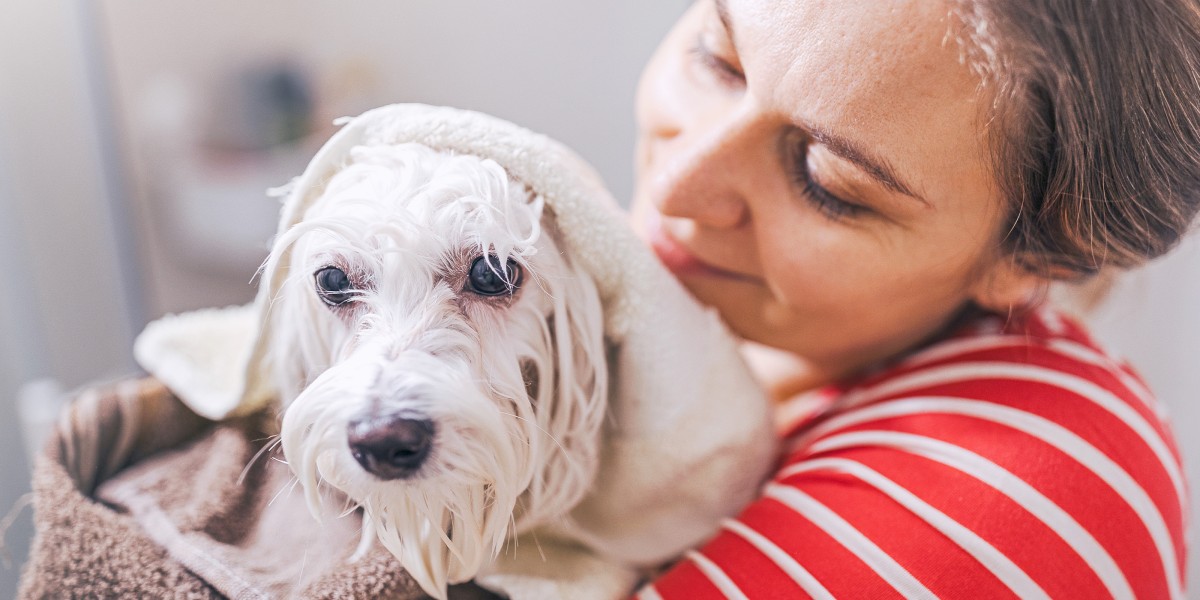Bathing your pet is an essential part of their overall grooming and hygiene routine. However, unlike humans, animals do not need frequent baths to stay clean and healthy. In fact, overbathing can lead to skin irritation, dryness, and the voice PEts removal of essential natural oils. The right bathing schedule varies depending on the type of pet, their breed, skin condition, and lifestyle. Whether you own a dog, cat, or another type of animal, understanding the proper bathing frequency is key to maintaining their well-being without causing unintended harm.
Bathing Dogs: A Matter of Breed, Lifestyle, and Health
When it comes to dogs, how often you should bathe them depends on several factors. The most significant is the breed and coat type. Dogs with oily coats, such as Basset Hounds, may need bathing as often as once a week. Breeds with thicker double coats, like Golden Retrievers or Huskies, generally require less frequent baths because their coats repel dirt and naturally insulate the skin. In contrast, short-haired dogs with minimal undercoat, such as Boxers or Beagles, typically need less grooming and can go longer between baths.
A dog’s lifestyle also plays a crucial role in determining how often they should be bathed. Dogs that spend a lot of time outdoors, particularly in muddy or dusty environments, will require more frequent baths than dogs who primarily stay indoors. If your dog frequently swims, rolls in dirt, or has outdoor allergies, bathing can help remove allergens and debris from their fur and skin. Indoor dogs with limited exposure to dirt or allergens may only need a bath every one to two months.
Skin health is another factor. Dogs with certain skin conditions may benefit from more frequent bathing using medicated shampoos recommended by a veterinarian. Conversely, dogs with sensitive or dry skin should not be bathed too often, as this can worsen their symptoms. Always consult your vet if you are unsure how bathing might impact your dog’s skin or coat health.
Bathing Cats: Less Is More
Cats are known for their grooming habits and usually do not need regular baths. Most healthy cats are excellent self-groomers and keep their coats clean and free of debris on their own. Bathing is usually only necessary if a cat gets into something particularly sticky, smelly, or harmful that cannot be removed through normal grooming. Long-haired breeds like Persians may occasionally need a bath to prevent matting or control shedding, but this is generally infrequent.
Certain medical conditions may require more frequent baths for cats, such as ringworm or flea infestations, in which case a vet-prescribed treatment or shampoo will be necessary. Additionally, elderly cats or those with obesity may have difficulty grooming themselves properly and might need occasional help from their owners to stay clean. In general, cats should not be bathed unless absolutely necessary, as the experience is often stressful for them.
Small Pets and Bathing Needs
Other small pets, such as rabbits, guinea pigs, and hamsters, have different bathing needs. Most of these animals do not require traditional water baths and can be harmed by frequent exposure to water. In fact, bathing small mammals in water can lead to hypothermia or stress-related health issues. Instead, they may benefit from spot cleaning using a damp cloth or specialized grooming wipes. Some small animals, like chinchillas, require dust baths rather than water to clean their fur and regulate oils. Providing them with appropriate grooming methods based on their species is essential for their health and comfort.
Bathing Exotic or Less Common Pets
Exotic pets, such as reptiles, birds, and amphibians, each have unique bathing requirements. For example, birds benefit from regular misting or shallow water baths to keep their feathers clean and healthy. Reptiles like turtles or lizards may require occasional soaking to aid in shedding or digestion. Amphibians, on the other hand, have highly sensitive skin and require specific humidity levels and water conditions to stay clean. In these cases, following guidelines from a veterinarian experienced in exotic animal care is crucial to avoid harming your pet.
Choosing the Right Products and Techniques
Regardless of the type of pet, using the correct bathing products and techniques is critical. Always use shampoos and grooming products formulated specifically for pets, as human shampoos can disrupt the natural pH balance of an animal’s skin and lead to irritation or allergic reactions. Medicated shampoos should only be used under veterinary supervision.
During a bath, ensure the water temperature is lukewarm, and always rinse thoroughly to avoid residue buildup, which can cause itching or discomfort. After the bath, dry your pet completely, especially if they have a thick coat or live in a colder climate. Never use a hot hair dryer directly on your pet; instead, use a towel or a pet-specific dryer on a low setting.
Recognizing When a Bath Is Necessary
Even if your pet doesn’t need frequent baths, certain signs may indicate it’s time for one. A strong or unpleasant odor, visible dirt, excessive shedding, or scratching may all be signs that a bath is needed. For dogs, muddy paws, rolling in something smelly, or seasonal shedding periods might also warrant a bath. For cats, if their fur appears greasy or matted, or if they have trouble grooming themselves, these are indicators that a bath or grooming assistance is required.

